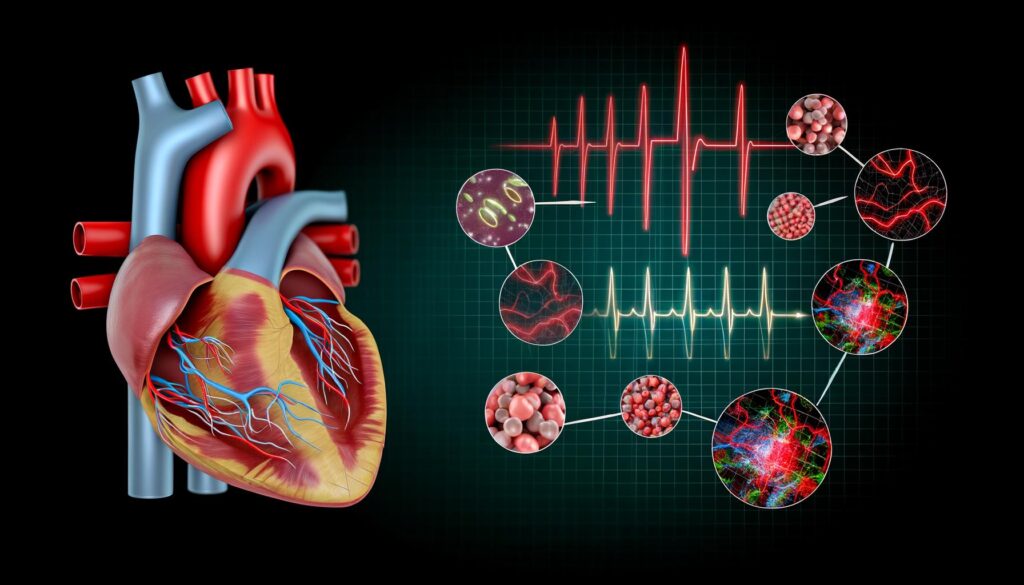Understanding Atrial Fibrillation: A Comprehensive Guide
What is Atrial Fibrillation?
Atrial fibrillation, often abbreviated as AFib, is a condition characterized by an irregular and often rapid heart rate. It occurs when the upper chambers of the heart, known as the atria, beat chaotically and out of sync with the lower chambers. This irregular heartbeat can lead to blood clots, stroke, heart failure, and other heart-related complications. Understanding AFib is crucial because it is one of the most common heart rhythm disturbances, particularly in older adults. The condition can be intermittent, lasting temporarily, or persistent, becoming a long-term health concern.

Causes and Risk Factors
The causes of atrial fibrillation are varied and multifaceted. Some common risk factors include high blood pressure, heart attack, coronary artery disease, abnormal heart valves, and congenital heart defects. In addition, lifestyle factors can contribute to the risk of developing AFib, such as:
- Excessive alcohol consumption
- Obesity
- High levels of stress
- Smoking
Although the exact trigger for AFib may not always be identified, it is clear that maintaining a heart-healthy lifestyle can reduce the risk. Other contributing factors may include sleep apnea, thyroid disorders, and genetic predisposition.
Symptoms to Watch Out For
Atrial fibrillation can be asymptomatic for some individuals, which makes it a potentially dangerous condition. When symptoms do occur, they may include palpitations, which are sensations of a racing or pounding heart. Other common symptoms are:
- Shortness of breath
- Weakness or fatigue
- Dizziness or lightheadedness
- Chest pain
Atrial fibrillation can lead to heart failure if left untreated, and its potential to cause strokes requires prompt medical attention for people exhibiting any of these symptoms.
Diagnosis and Treatment Options
Diagnosing AFib involves a thorough medical evaluation often accompanied by tests such as an electrocardiogram (ECG), holter monitoring, echocardiogram, or blood tests. Upon diagnosis, treatment plans aim to reset the heart rhythm, control the heart rate, and prevent complications like strokes. Treatment options may include:
- Medication: Anticoagulants to prevent clots, and others to control heart rate and rhythm.
- Electrical cardioversion: A procedure to reset the heart’s rhythm.
- Catheter ablation: A minimally invasive treatment to disrupt the faulty electrical pathways causing AFib.
- Surgical options: Procedures like the Maze procedure for more severe cases.
Each treatment will depend on individual patient needs, underlying causes, and overall health.
Managing Atrial Fibrillation Through Lifestyle Changes
Alongside medical treatments, lifestyle changes are a vital part of managing atrial fibrillation. Patients are often advised to adopt a heart-healthy lifestyle to help manage their condition better. This includes:
- Eating a balanced diet rich in fruits, vegetables, and whole grains
- Engaging in regular physical activity
- Limiting alcohol and caffeine intake
- Managing stress through mindfulness techniques or therapy
- Maintaining a healthy weight and quitting smoking
These changes can help control the symptoms of atrial fibrillation and enhance overall well-being. Regular follow-ups with healthcare providers are essential to monitor the condition and adjust treatments as needed.
